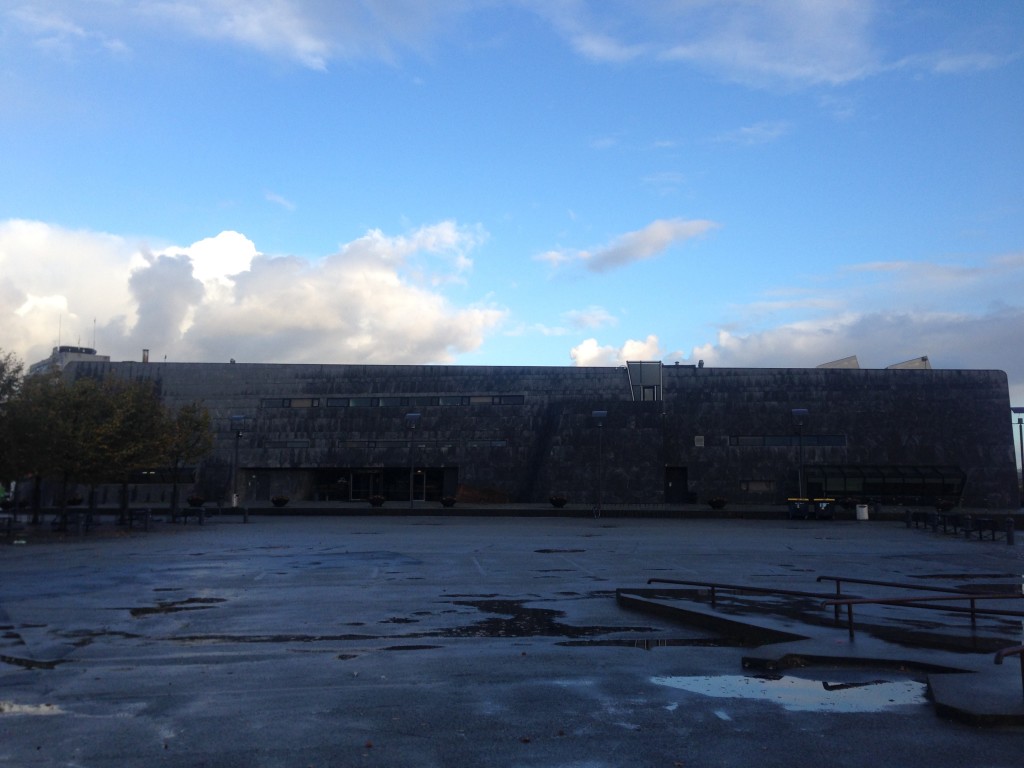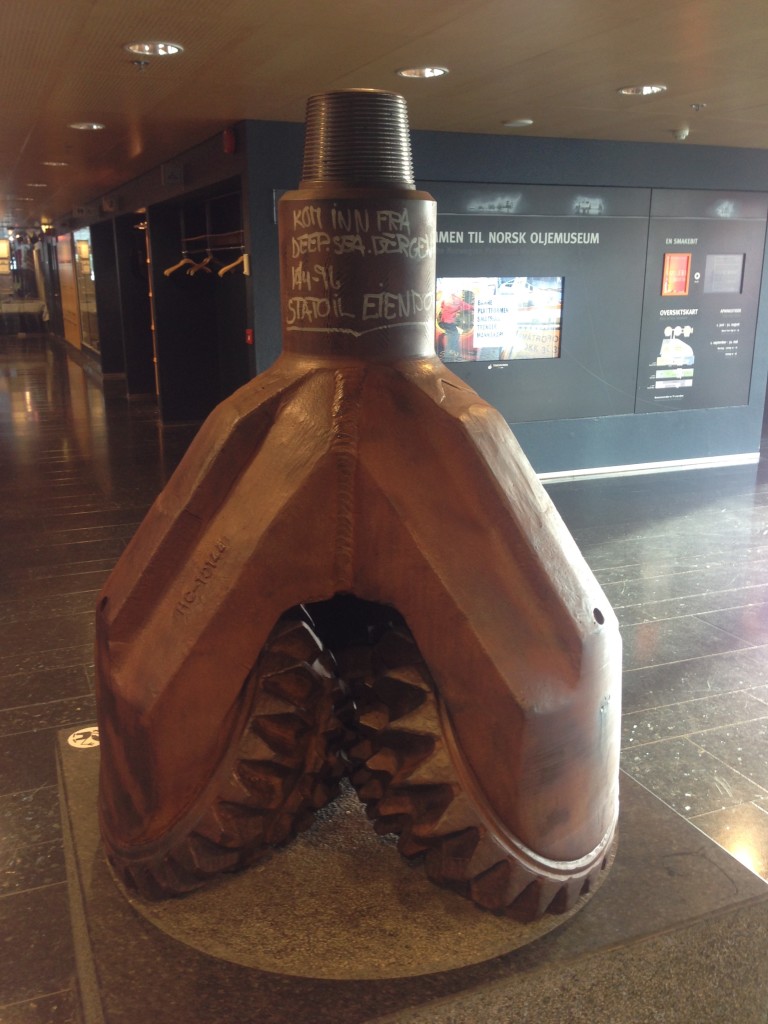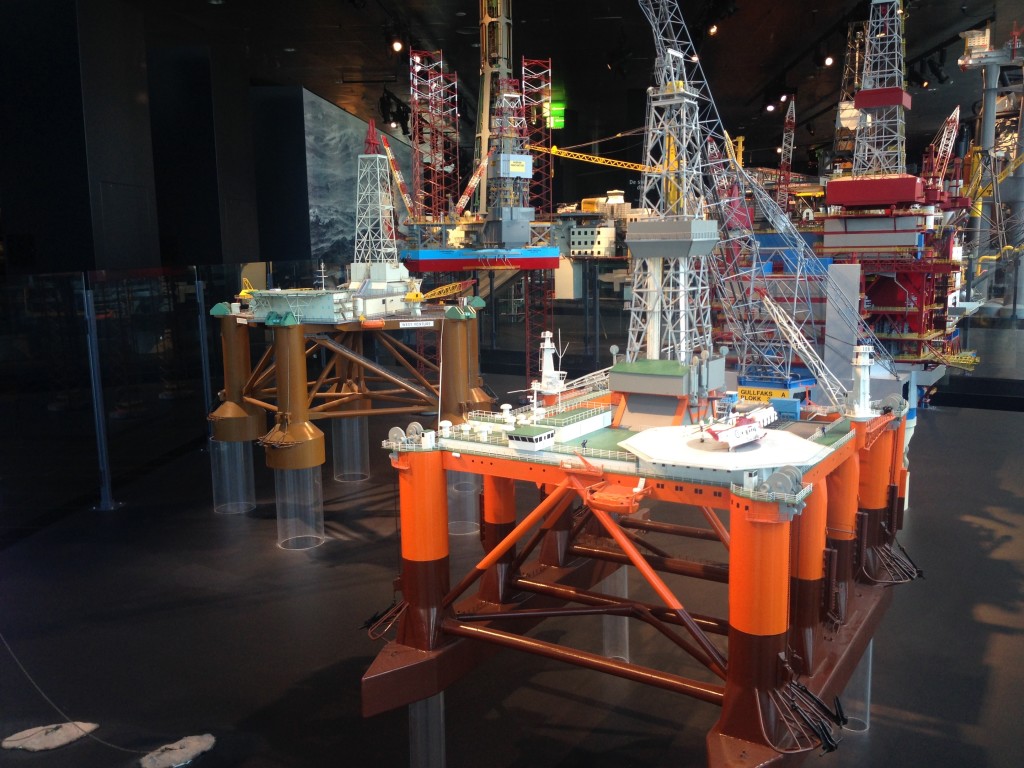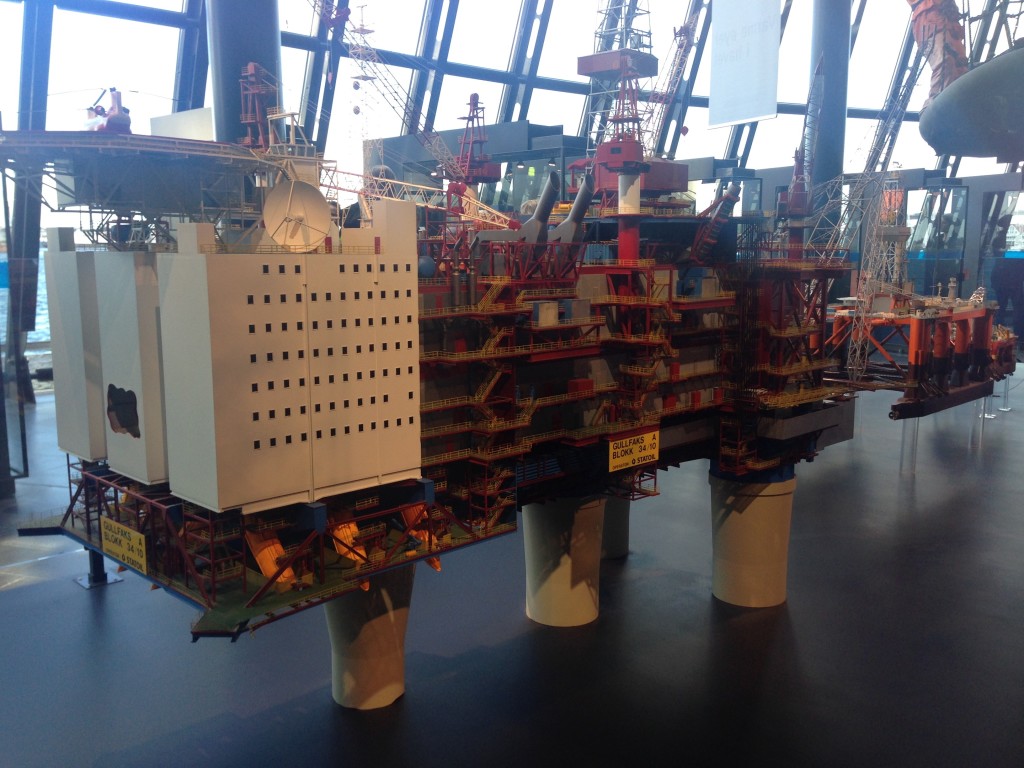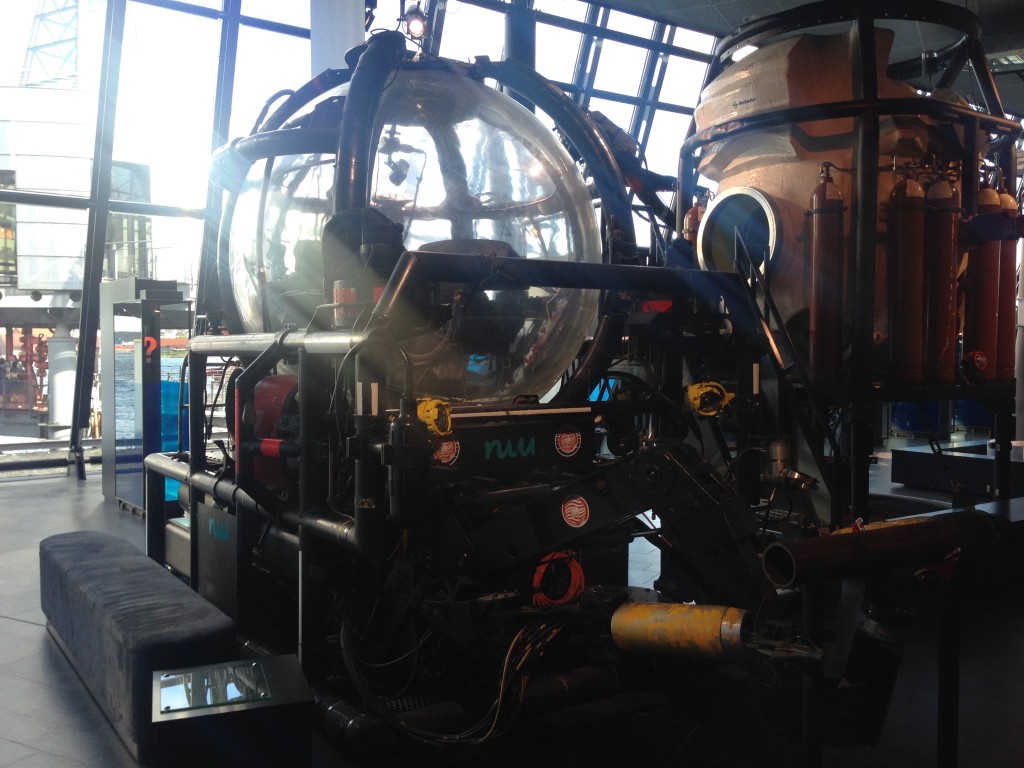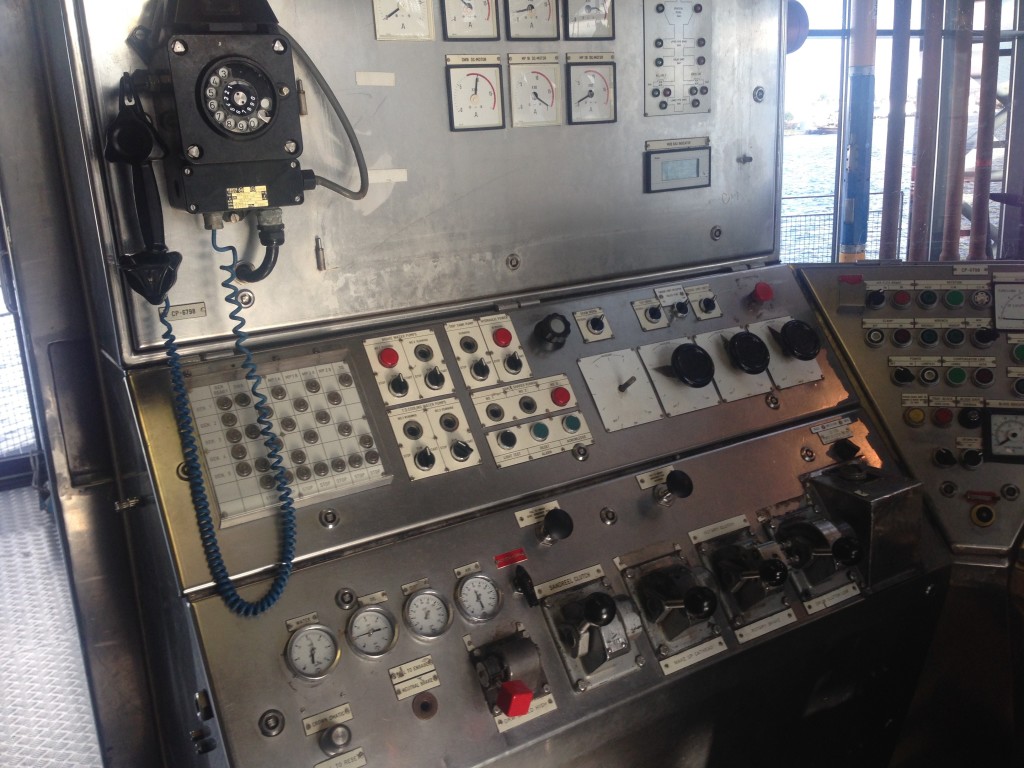Stavanger’s claim to fame is being the center of the Norwegian oil industry and is often referred to as the oil capital of Europe. There is an entire museum dedicated to the industry here, called the Norwegian Petroleum Museum.
Oil was discovered in 1969 off the coast. Rather than license foreign companies to drill, Norway decided to organize their own oil drilling industry. Their organization of the industry has become known as the “Norwegian Model.” It involved creating a nationalized oil drilling company, a government agency dedicated to oil policy, and a regulatory body to help provide expertise and oversight. Over 200,000 people are employed by the Norwegian oil industry. While this model still prevails today, there has been some privatization.
What is important about this notion of nationalizing the oil is that the government receives all the profit directly. It is a socialistic approach and this scheme has worked well in Norway. Almost all profits are reinvested into a national fund, the largest of its type in the world, which is used to make payouts to citizens sixty-seven and older. If the fund were to be liquidated today, every Norwegian would receive approximately 55,000 USD.
The most fascinating component at the museum was the use of what they refer to as “pioneer divers” or commercial deep-sea divers. Divers go over a thousand feet below the water, sometimes for days at a time, in order to facilitate the necessary infrastructure to get the oil out of the ocean. I never realized the depths involved in getting this oil out or that it was possible for deep-sea divers to stay under the water for extended periods of time.
Oil Drill
Underwater submsersible (left) and a diving bell (right) Diving bells are used as an underwater workshop for divers.
Oil platform control panel
Neat street in Stavanger
// Oliver – Day 16 – Norway

